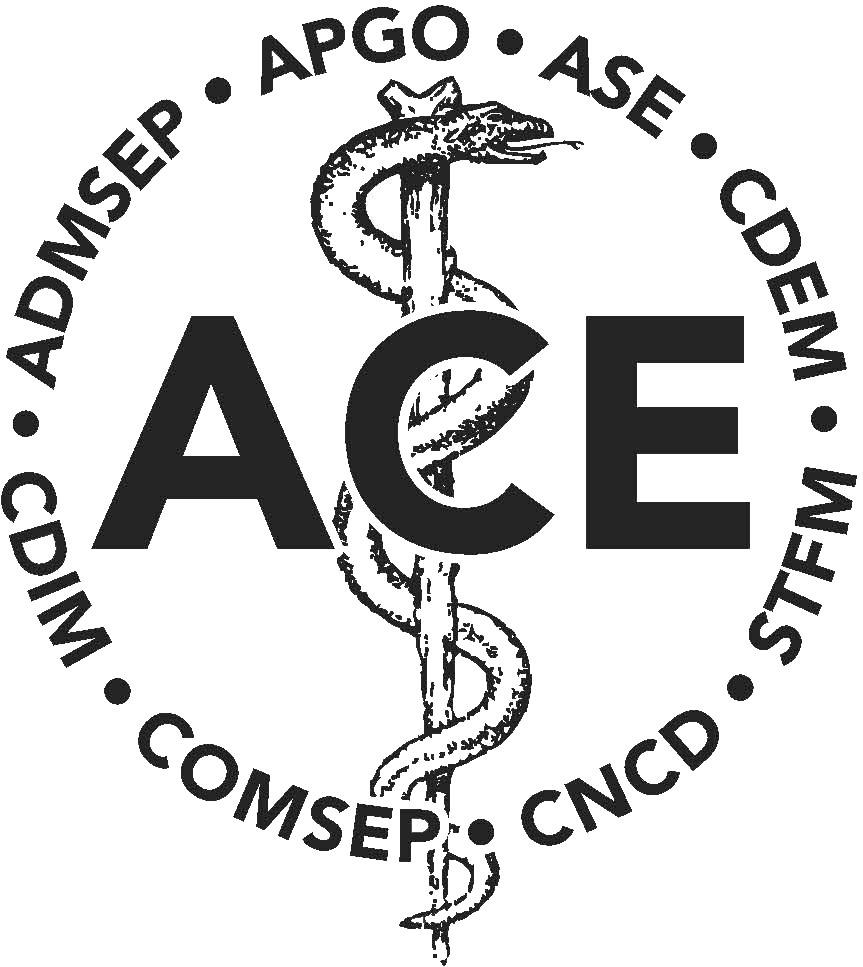Med Ed Brief Home
The Impact of Internal Medicine Clerkship Quality on Primary Care Recruitment
by Sherine Salib, M.D.; Saurin Gandhi, D.O. | March 13, 2025
Article Citation: Hoffman JR, Ayar J, Drugge E, Askari MK, Kelley KD, Diaz AP, DeShetler LM, Teperman J, George S, Rezvani M. Exploring Factors Influencing US Medical Students’ Choice of Internal Medicine Residency. Am J Med 2025; 138(3):579-585. doi: 10.1016/j.amjmed.2024.11.002.
What is this article about?
The United States faces a growing shortage of primary care physicians, exacerbated by an aging workforce, legislative changes, and increasing healthcare demands. Internal medicine is crucial to primary care, yet fewer medical students are pursuing it. This study analyzed data from 3,806 students at four medical schools between 2016 and 2023 using data from the Association of American Medical Colleges Graduation Questionnaire. Data examined included demographics, debt, clerkship experiences, and specialty choices. Only 18.2% of students chose internal medicine, with the strongest predictor being the quality of the internal medicine clerkship as perceived by the medical students. Students who rated their internal medicine clerkship experience highly were 1.8 times more likely to enter the field. Improving clerkship experiences and clinical learning environments could help address this workforce shortage.
Why should you read the article?
The primary care physician (PCP) shortage requires immediate solutions, and this study highlights the potential of improving medical school clerkship experiences as a cost-effective strategy to expand the primary care physician workforce.
A key lesson from this paper is that clerkship quality matters. A well-structured and positive internal medicine clerkship significantly influences students’ specialty choices. The PCP shortage requires immediate solutions, and this study highlights the potential of improving medical school clerkship experiences as a cost-effective strategy. The authors suggest enhancing faculty development, improving clinical learning environments, and using student experience surveys to refine clerkships.
How can you use this article?
Medical education leaders should pay attention to these findings because they provide actionable strategies to increase the internal medicine workforce without costly structural changes. Enhancing the internal medicine clerkship experience could serve as an effective way to address physician shortages. Actionable strategies include improving faculty development, making the clerkships enjoyable, and taking action to improve the overall internal medicine clerkship experience. Leaders should also consider policy changes related to debt relief and regional retention strategies to ensure a robust primary care workforce in the future.
Review Author: Sherine Salib, M.D., Professor of Internal Medicine, Department of Internal Medicine, Dell Medical School at the University of Texas Austin, Austin, TX (Co-authored with Saurin Gandhi, D.O., Assistant Professor of Internal Medicine, Dell Medical School at the University of Texas Austin, Austin, TX). Organization: Clerkship Directors in Internal Medicine
